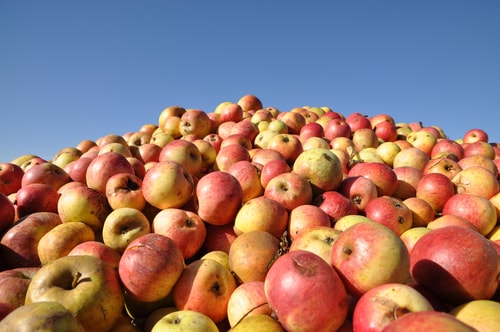App is available courtesy of Connecticut’s Apple Marketing Board
By Diego Flammini, Farms.com
Apple lovers in Connecticut will now be able to connect with the growers responsible for producing them through a new, free mobile app courtesy the Connecticut Apple Marketing Board (CAMB).

The app, called CT Apples, was created using grants from the USDA and state department of agriculture. It comes with a variety of features for both Apple and Android product users, including:
- Grower directory and directions
- Contact information for growers
- Links to grower Facebook pages and websites
- Grower categories
- Grower offerings
- Loyalty programs
- Child entertainment
- Recipes
- Picture gallery
“It’s exciting to see the success that the CAMB is having in using social media to promote the state’s orchards,” Agriculture Commissioner Steven Reviczky said in a release. “This is a great way for customers to learn about our extraordinary Connecticut Grown apples and where to find them.”
He said apples are the state’s most important crop, with an average annual harvest of 500,000 bushels valued around $12 million.
Connecticut has faced some adverse apple growing conditions, but is expected to have a successful crop this year.
“The dry conditions actually serve to create an intense flavor in the apples,” said Brian Kelliher, owner of Easy Pickin’s Orchard in Enfield and chairman of the apple marketing board in a release. “Growers have been able to irrigate enough to ensure an excellent crop, so everyone will be able to find their favorite varieties at their local orchard.”
Join the conversation and tell us if you’ll download the app and experience Connecticut’s apple growers.
For all your agriculture mobile app needs, visit the Farms.com apps page.